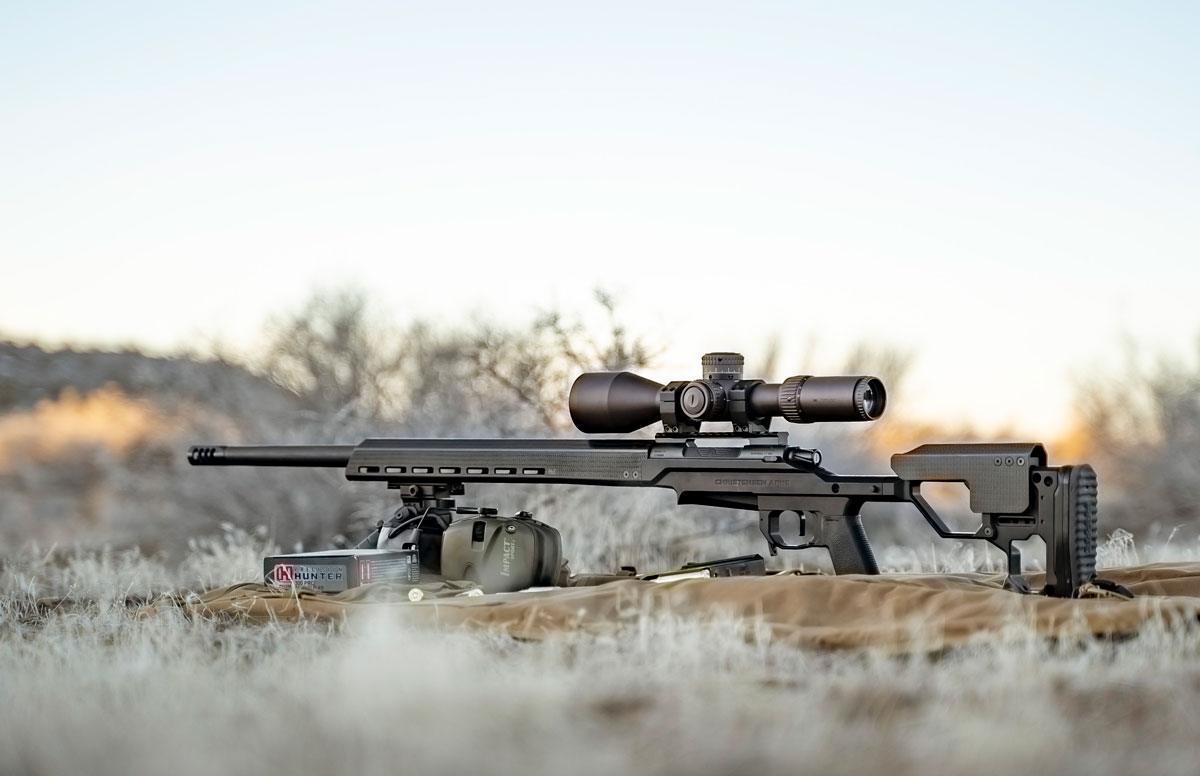remingtonman_25_06
Well-Known Member
Unless your rifle shoots in the same exact holes at 100 yards, it's pretty hard to get an actual dead on 100y zero that will be accurate all the way out when dialing. I've thought what I had was a great 100y zero, only to have it be 2-3-4" off at 300 yards already, wonder how far itd be off at 1K...These guys that say they zero at 1.7" high at X distance are kinda funny really...So you're telling me you're putting the middle of all your bullets, EXACTLY at 1.7" lol ok...I've about had enough of this thread. It's just easier for me to zero at 200 or 300, and know I'm starting off on a better track windage and elevation wise as the range increases. I know I'm not the only one who sees it that way and does it that way. So again, I use what works for me, and makes me confident. You can have your 100y zero if that's what works and makes you confident, but it's hardly the only way, or right way to do things.


